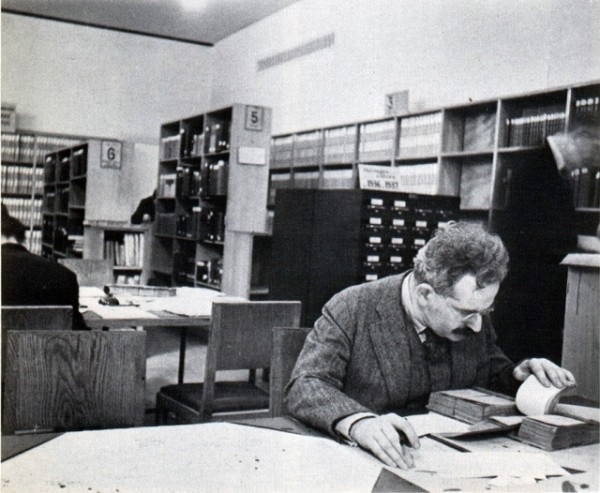Face of an alarm clock

‘An A to Z of theory’, Ceasefire discuss Walter Benjamin on Surrealism, storytelling and cultural politics.
In a paper on Surrealism written in 1929, Benjamin argues for a particular approach to revolutionary art. This argument is based on the idea that practices of transformation and montage are central to the ‘politicisation of art’.
Breton in particular is depicted as the first person to see the revolutionary potential of ruins and the ‘outmoded’ (or unfashionable). He saw architectural and social poverty, and ‘enslaved and enslaving objects’, as able to be transformed into revolutionary nihilism, creating an atmosphere ripe for explosion. The way to perform this transformation is to treat the past politically instead of historically. For Benjamin, this is the latest in a series of cases where the avant-garde have played ‘transformation games’ with images and words, creating magical formulae and slogans.
Surrealism is seen as a rebellion against a ‘left-wing bourgeois’ position in the European ‘intelligentsia’ or intellectual elite, as well as a rebellion against Catholicism. Surrealism is directed against a certain kind of sentimental ethical activism based on ‘idealist morality’. Instead of a humanist position, they portray a constantly ringing alarm-clock.
[Via A Piece of Monologue]
